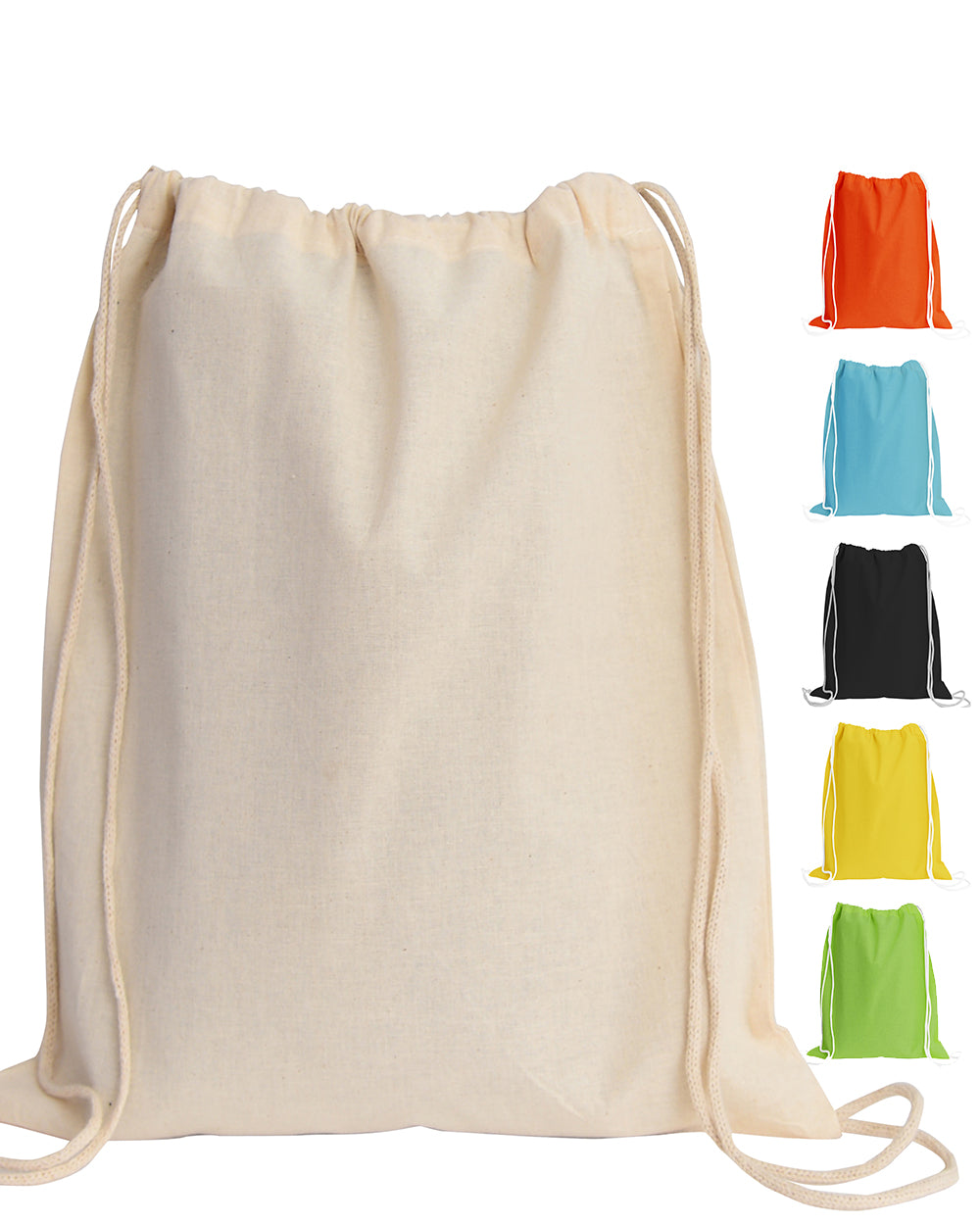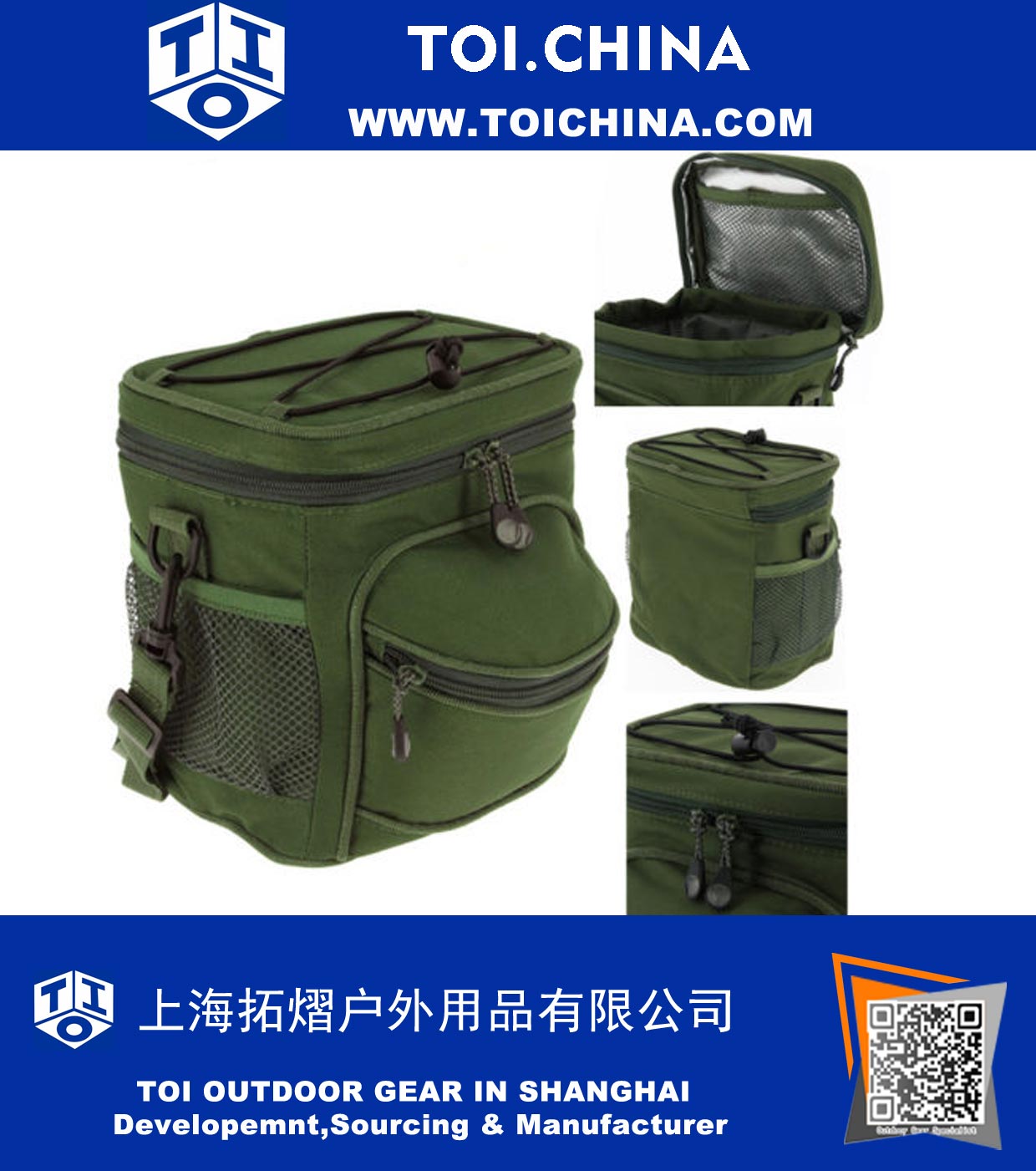Finding a reliable bag manufacturer involves defining your product with a tech pack, vetting suppliers’ capabilities, and validating quality through sampling.
Launching a successful bag brand hinges on the quality and reliability of your production partner. The journey from a design concept to a market-ready product is complex, and selecting the right manufacturer is arguably the most critical decision in that process. This comprehensive breakdown provides the essential steps to identify, vet, and build a lasting relationship with a factory that aligns with your brand’s vision and quality standards.
- Defining Your Product and Production Needs
- Where Can You Find Potential Manufacturing Partners?
- The Critical Vetting Process: How to Qualify a Supplier
- From Sample to Production: Validating a Manufacturer’s Capability
- Building a Long-Term Partnership for Growth
Defining Your Product and Production Needs
Before you can find the right partner, you must have an unambiguous vision for your product. A manufacturer can only execute based on the information you provide. Vague ideas lead to production errors, delays, and unexpected costs. A clear, detailed plan is your most powerful tool for effective communication and successful manufacturing outcomes.
The Importance of a Detailed Tech Pack
A Technical Pack, or “tech pack,” is the universal blueprint for your product. It is a comprehensive document that leaves no room for interpretation. It should contain detailed specifications, including technical drawings (flats) with precise measurements, construction details like stitch type and length, and callouts for all hardware, zippers, and linings. The more detailed your tech pack, the more accurate your initial quote and first sample will be. This document serves as a contract between you and the manufacturer, defining exactly what is expected.
Clarifying Your Material Specifications
What materials will bring your bag to life? Be specific. Instead of just “leather,” specify “full-grain cowhide, 1.2mm thickness, with a semi-aniline finish.” Instead of “metal hardware,” define it as “antique brass-finished solid zinc alloy D-rings and clasps.” Providing these details upfront allows manufacturers to source materials accurately and assess their capabilities. If you require specialized or ethically sourced materials, this is the stage to make those requirements known, as it will significantly narrow your search for a suitable partner.
Establishing Your Target Cost and MOQ
Every manufacturer has a Minimum Order Quantity (MOQ), which is the smallest number of units they are willing to produce in a single run. These can range from 50 units for a small, specialized workshop to thousands for a large-scale factory. Understand your budget and sales projections to determine a realistic MOQ for your brand. Concurrently, establish a target cost per unit. This “landed cost” should include manufacturing, materials, shipping, and any import duties. Knowing your numbers allows you to immediately disqualify manufacturers whose MOQs or pricing structures do not align with your business model.
Where Can You Find Potential Manufacturing Partners?
With your product defined, the search for a production partner begins. Finding a factory that specializes in your desired materials and construction style is paramount. Diversifying your search methods will yield a more robust list of potential candidates, giving you more options to compare and contrast.
Online Directories and B2B Marketplaces
Digital platforms are often the first stop for new brands. Websites like Alibaba connect you with a vast number of overseas manufacturers, offering competitive pricing. For domestic production, directories like Thomasnet or Maker’s Row provide listings for factories in North America. When using these platforms, be diligent. Look for suppliers with a long history, positive reviews, and a “verified” or “gold supplier” status, which indicates they have undergone some level of third-party verification. These are good starting points, but they require extensive follow-up and vetting.
Industry Trade Shows and Networking Events
Trade shows are invaluable for making direct connections. Events like Magic in Las Vegas, Première Vision in Paris, or local sourcing fairs allow you to meet factory representatives in person, touch and feel their sample products, and discuss your project face-to-face. This direct interaction helps build rapport and gives you a much better sense of a company’s professionalism and expertise. You can ask detailed questions and get immediate answers, accelerating the initial qualification process significantly.
Referrals and Professional Networks
Sometimes the best partners are found through word-of-mouth. Connect with other designers, brand owners, or industry consultants. A recommendation from a trusted source who has firsthand experience with a manufacturer is incredibly valuable. These referrals can help you bypass the uncertainty of a cold search, as the factory has already been vetted by someone in your network. Professional groups on platforms like LinkedIn can also be a source of valuable introductions.
The Critical Vetting Process: How to Qualify a Supplier
Once you have a shortlist of potential manufacturers, the vetting process begins. This stage is about asking the right questions and looking for evidence of quality, reliability, and professionalism. Do not rush this step; the time you invest here will prevent costly mistakes later.
Essential Questions to Ask Every Potential Partner
Your initial outreach should be professional and clear. Introduce your brand, provide your tech pack, and ask a series of qualifying questions to gauge their suitability. A well-prepared questionnaire demonstrates your seriousness and helps you systematically compare responses.
| Category | Key Questions to Ask |
|---|---|
| Experience & Specialization | What types of bags are your specialty? Can you share examples of similar products you have made? Who are some of your past or current clients? |
| Production Capacity | What is your MOQ per style/color? What is your maximum monthly production capacity? What are your typical lead times for samples and for a full production run? |
| Quality Control | What is your quality control (QC) process? At what stages of production do you conduct inspections? What is your policy for handling defects? |
| Pricing & Terms | Can you provide a preliminary quote based on my tech pack? What are your payment terms (e.g., 50% upfront, 50% on shipment)? |
Verifying Certifications and Ethical Standards
A reputable manufacturer should be transparent about their operations and compliance with industry standards. Ask for copies of their business license and any quality management certifications they hold, such as ISO 9001. If ethical production is a cornerstone of your brand, inquire about social compliance audits like BSCI or SA8000. These certifications provide third-party verification that the factory adheres to fair labor practices and safe working conditions. A manufacturer’s willingness—or unwillingness—to provide this documentation speaks volumes about their transparency and legitimacy.
Assessing Communication and Transparency
Pay close attention to how a potential partner communicates. Are their responses prompt, clear, and professional? Do they answer your questions directly or are their replies evasive? Effective communication is the foundation of a successful manufacturing relationship. A factory that is difficult to communicate with during the vetting process will likely be even more challenging to work with once production begins. Look for a partner who is transparent about their capabilities and limitations and who is willing to work collaboratively to solve problems.
From Sample to Production: Validating a Manufacturer’s Capability
After thorough vetting, you must test a manufacturer’s ability to execute your vision. The sampling stage is a practical test that moves your partnership from theoretical to tangible. This is where you confirm their quality, attention to detail, and ability to translate your tech pack into a physical product.
The Prototyping and Sampling Stage
Never commit to a full production run without first approving a sample. The initial sample allows you to assess the factory’s interpretation of your tech pack. Once you receive it, review every detail meticulously: measurements, materials, hardware, and construction. Provide clear, consolidated feedback for revisions. This may require multiple rounds of samples to get it perfect. While sampling costs time and money, it is a crucial investment to ensure the final product meets your standards.
Evaluating Craftsmanship and Quality Control
The sample is your first real look at the manufacturer’s craftsmanship. Scrutinize the stitching—is it straight and consistent? Check the edges—are they finished cleanly? Test the hardware—does it function smoothly? The quality of the sample is a direct indicator of the quality you can expect from a full production run.
At Beldtura Leather, we know that the difference between a good bag and an extraordinary one lies in these details—the precision of the hand-stitching, the quality of the zippers, and the supple, consistent feel of the full-grain leather. Your sample should reflect this uncompromising level of care. If a manufacturer cuts corners on a sample designed to win your business, they will certainly cut corners on a bulk order.
Finalizing Agreements and Protecting Your IP
Once you are satisfied with the final sample, it’s time to formalize the partnership. A manufacturing agreement should be drafted that outlines all key terms: pricing per unit, MOQs, detailed production timelines, quality standards, defect policies, and payment schedules. Additionally, if you have a unique design, consider a Non-Disclosure Agreement (NDA) to protect your intellectual property. A professional manufacturer will have no issue signing such documents, as it demonstrates a commitment to a secure and professional relationship.
Building a Long-Term Partnership for Growth
Finding a manufacturer isn’t a one-time transaction; it’s about building a strategic, long-term relationship. A strong partnership with a reliable factory is a competitive advantage that can support your brand’s growth for years to come. This requires ongoing effort, clear communication, and mutual respect.
Clear Communication and Shared Goals
Maintain an open and consistent line of communication throughout the production process. Provide clear instructions and be responsive to the factory’s questions. Treat your manufacturer as a partner in your success. When they understand your brand’s goals and quality expectations, they are better equipped to deliver a product that meets them. Regular check-ins and transparent feedback help build trust and prevent misunderstandings.
Navigating Production Timelines and Logistics
Understand that delays can happen due to material sourcing, holidays, or shipping issues. A good partner will communicate proactively about any potential delays and work with you to find solutions. Plan your production calendar with buffer time to account for these possibilities. Collaborating closely on logistics, from production scheduling to final shipment, ensures a smoother process and helps you manage your inventory and launch dates effectively.


